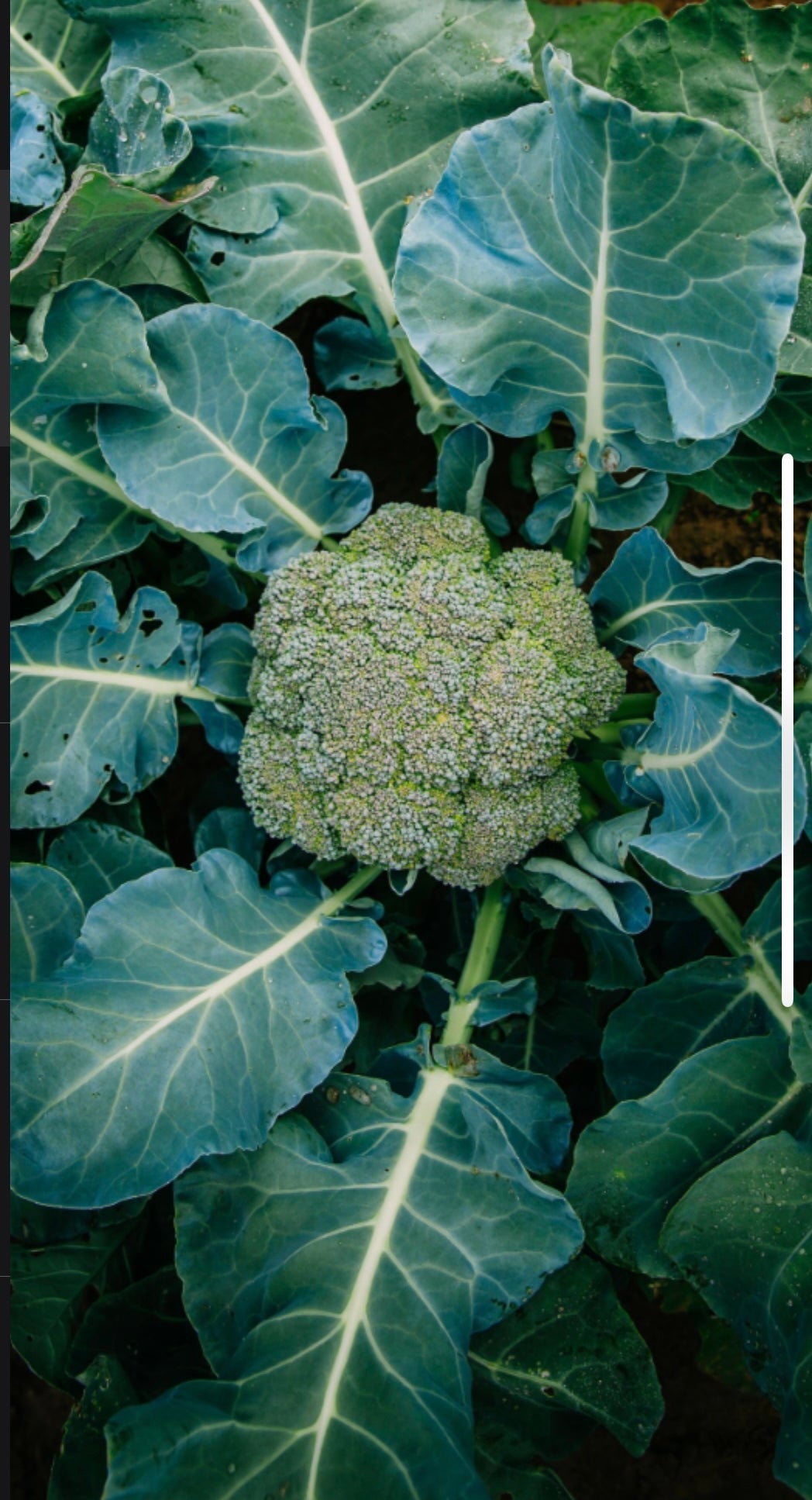
DIY Indoor Plant Grow Kit Ideas
Share
DIY Indoor Plant Grow Kit Ideas
Gardening is not just an outdoor activity. With the right indoor plant grow kits, you can cultivate your own green oasis inside your home, regardless of the weather outside. Whether you're a seasoned gardener or a novice looking to develop your green thumb, indoor gardening kits are an excellent way to get started. In this article, we'll discuss various DIY indoor plant grow kit ideas that are not only easy to create but also effective for growing healthy plants indoors.
Why Opt for DIY Indoor Plant Grow Kits?
Indoor gardening offers a myriad of benefits, from improving air quality to boosting your mood and décor. But why should you consider a DIY approach to your plant grow kit?
First, customizing your own kit allows you to tailor it to the specific needs of your plants and your living space. Second, a DIY project can be a fun and rewarding experience, providing a sense of accomplishment as you watch your plants thrive. Lastly, it can also be more cost-effective than purchasing pre-made kits.
Starting Your Indoor Garden
Before you dive into creating your plant grow kit, there are a few things you need to consider to ensure the success of your indoor garden.
Choosing the Right Plants
The first step is to decide which plants you want to grow. Some plants are better suited for indoor conditions than others. Herbs like basil, mint, and parsley; leafy greens like spinach and lettuce; and small vegetables like cherry tomatoes and peppers are all great choices for indoor gardening.
Essential Components of a Plant Grow Kit
A basic plant grow kit should include:
- Seeds or starter plants
- Containers or pots
- Soil or a soil substitute
- A light source, such as a grow light if you don’t have sufficient natural light
- Watering tools, like a spray bottle or watering can
- Fertilizer for plant nutrition
- Labels to keep track of your plants
The Importance of Light
Light is one of the most critical factors in plant growth. Most indoor plants require at least 6 to 8 hours of sunlight per day. If you don't have enough natural light in your home, you'll need to supplement with grow lights. LED grow lights are a popular choice because they are energy-efficient and emit less heat compared to other types of grow lights.
Crafting Your Own Indoor Planters
by Courtney Cook (https://unsplash.com/@courtneymcook)
One of the most creative aspects of building your own plant grow kit is designing the planters. You can repurpose household items or purchase new materials to create unique homes for your plants.
Repurposing Household Items
Old jars, cups, or even tin cans can be transformed into planters with a little bit of creativity. Make sure to clean them thoroughly and create drainage holes at the bottom.
Building New Planters
If you're handy with tools, you can build your own planters from wood or other materials. This allows you to customize the size and shape to fit your space perfectly. Just remember to treat any wood with a non-toxic sealant to prevent water damage.
Vertical Planters for Limited Space
If you're short on space, consider building a vertical planter. A hanging shoe organizer or a set of stacked shelves can be an efficient and attractive way to display your plants.
Seed Starting Basics
by Jonathan Kemper (https://unsplash.com/@jupp)
Selecting the Right Soil
When starting seeds, using a high-quality seed starting mix is crucial. This type of soil is lighter and designed to help seeds germinate more effectively than regular potting soil.
Sowing Seeds
Follow the instructions on your seed packets for planting depth and spacing. Generally, you should plant seeds at a depth of about two times their width. After planting, water gently to avoid displacing the seeds.
Germination
Keep the soil consistently moist but not waterlogged. Covering your containers with plastic wrap or a clear lid can help maintain humidity levels and encourage germination. Once your seeds have sprouted, remove the covering.
Indoor Gardening Kit Essentials
To ensure that your indoor garden flourishes, you'll need to equip yourself with some essential tools and supplies.
Grow Lights
As mentioned earlier, a reliable grow light can make all the difference in the success of your indoor garden. Position your grow lights close enough to provide sufficient light without overheating your plants.
Watering Tools
Overwatering can be as detrimental as underwatering. Use a watering can with a long spout for precision, or a spray bottle for seedlings and delicate plants.
Fertilizer
Choose a balanced, water-soluble fertilizer to provide your plants with the necessary nutrients. Organic options like fish emulsion or seaweed extract are also great for promoting healthy growth.
Indoor Gardening Tips and Tricks
To get the most out of your DIY indoor plant grow kit, keep these tips in mind:
Monitor Humidity and Temperature
Plants have ideal humidity and temperature ranges. Use a hygrometer to monitor the humidity and adjust as needed with a humidifier or dehumidifier. Keep your indoor garden in a part of your home where temperature fluctuations are minimal.
Pruning and Maintenance
Regularly prune your plants to encourage growth and prevent disease. Remove dead leaves and spent blooms to keep your plants looking their best.
Pest Management
Even indoor plants can be susceptible to pests. Keep an eye out for signs of infestation and treat promptly with insecticidal soap or neem oil.
Conclusion
Creating your own DIY indoor plant grow kit is a fun and rewarding way to bring the joys of gardening into your home. By choosing the right plants, crafting unique planters, and providing the proper care, you can enjoy a lush indoor garden year-round. With these ideas and tips, you're well on your way to becoming an indoor gardening pro.